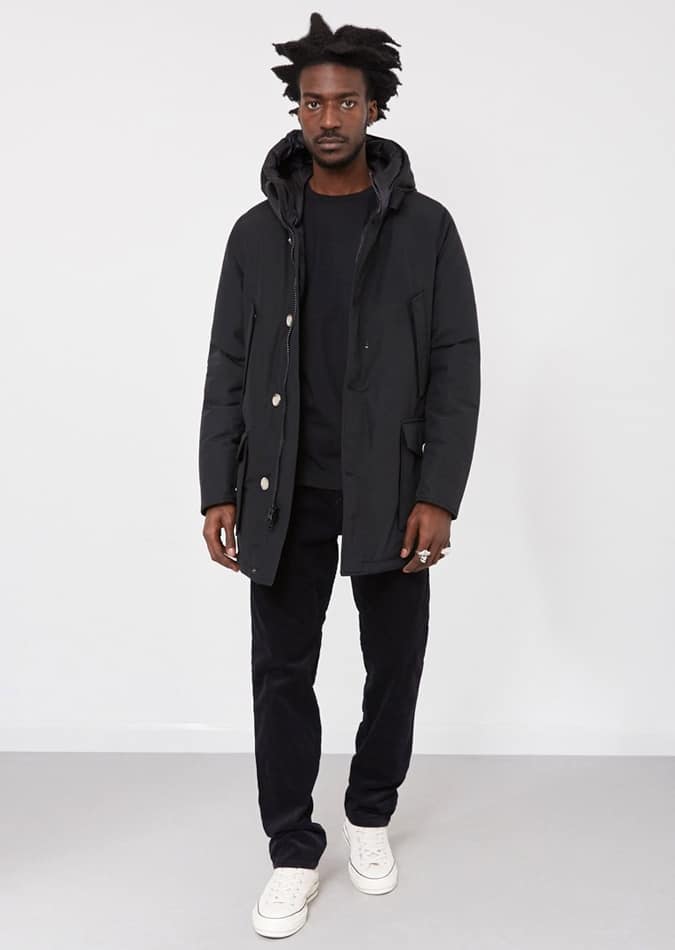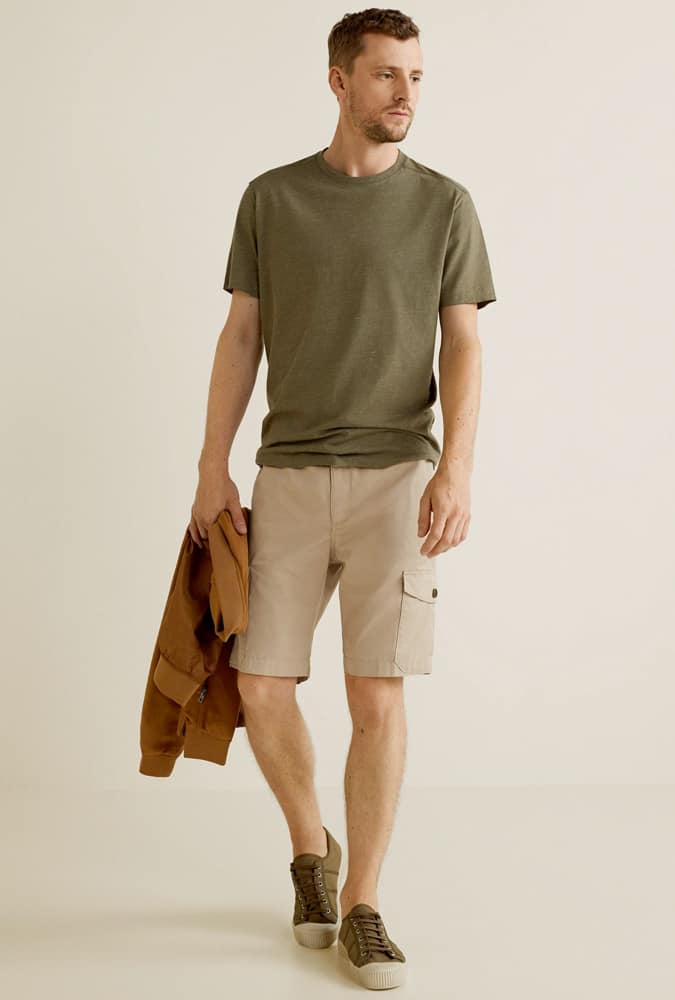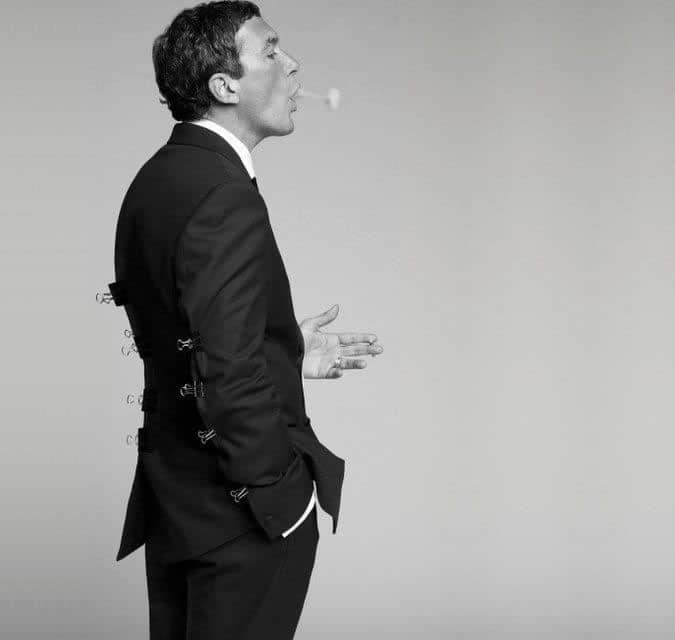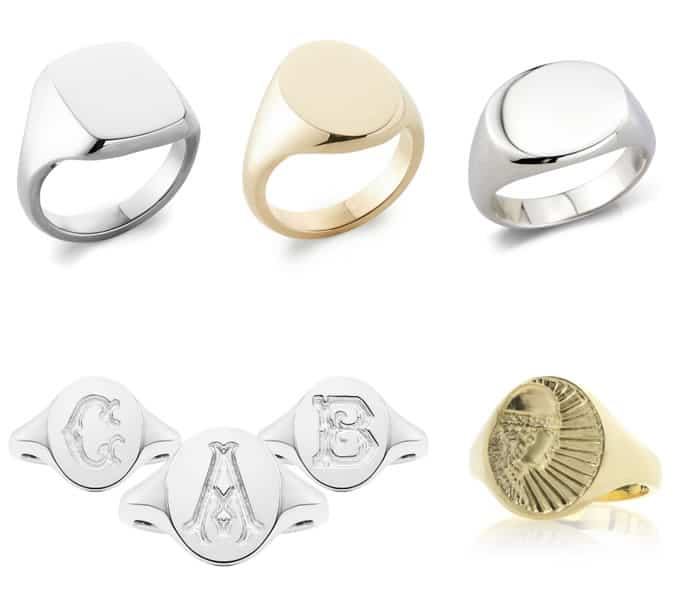The Complete Guide To The Trench Coat
Of all men’s clothing with a military heritage, the trench coat is the classiest. This perhaps stems from the fact that it is one of the oldest army garments still widely worn, dating from an early 20th century era when you still had to look smart even to go to war. Indeed, when the trench coat was devised – ostensibly as a means of keeping the endless mud off one’s uniform in the trenches of the First World War – it was allowed to be worn only by officers.
Yet, for all that Robert Mitchum and Humphrey Bogart might have re-cast the trench coat as somehow quintessentially American – the trench coat is the noir detective’s coat of choice – it is a British invention, belonging jointly (despite their rivalry over it) to both Aquascutum and Burberry: the former invented the first waterproof wool, devised a field coat for soldiers of the Crimean War and would later corner the Hollywood trench-coat market, for many the definition of the classic form; the later invented gabardine and won the contract to supply a trench-type coat for the Boer War and beyond.
What Is A Trench Coat?
Put simply, a trench coat is a three-quarter length coat designed to keep the grime and rain off your finer clothes rather than offer protection like a full-on winter coat would; it was first created with a detachable sheepskin liner – back when the coat was known as the ‘trench warm’ – and still works well over a gilet to the same end.
On the most classic of styles, many of the original details remain. True, the epaulettes, for your insignia of rank, and the D-rings – metal rings attached at the belt from which to suspend your grenades and ammunition pouches – are largely redundant now. But then the storm flap at the shoulder – designed in part to help soften rifle recoil – is also, like the back vent, an arrangement that allows rain water to run off away from the body, rather than into the coat.






















